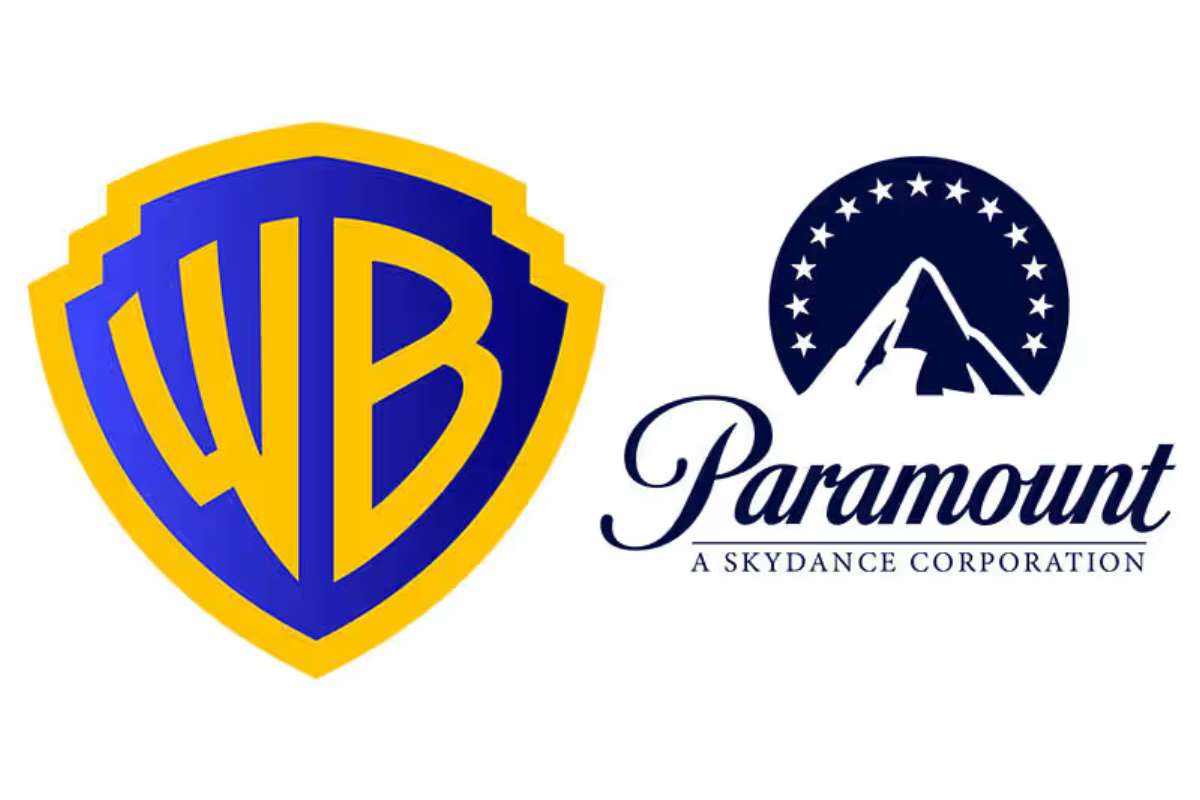The relationship between K12 education and higher education is a vital component of the educational ecosystem. Effective collaboration between these two stages of education can enhance student preparedness, ensure seamless transitions, and foster lifelong learning. This article delves into the ways K12 education and higher education can work together to create a more cohesive and supportive learning environment, ultimately benefiting students, educators, and society as a whole.
Understanding the Connection Between K12 Education and Higher Education
The Role of K12 Education
K12 education encompasses the primary and secondary schooling that prepares students for higher education and the workforce. It focuses on foundational skills such as literacy, numeracy, critical thinking, and social development. The primary goal of K12 education is to provide students with the knowledge and skills necessary to succeed in their academic and professional pursuits.
The Role of Higher Education
Higher education includes postsecondary education, such as colleges, universities, and vocational schools, offering advanced learning opportunities. It provides specialized knowledge and training in various fields, preparing students for specific careers and contributing to their personal and professional growth. Higher education institutions also play a crucial role in research, innovation, and societal development.
The Importance of Collaboration
Collaboration between K12 education and higher education is essential for several reasons:

- Smooth Transitions: Ensuring that students transition smoothly from K12 education to higher education is crucial for their academic success.
- Preparedness: Aligning curricula and expectations helps prepare students for the rigor of higher education.
- Lifelong Learning: Fostering a culture of lifelong learning encourages continuous personal and professional development.
- Addressing Skill Gaps: Collaboration can address skill gaps and ensure that students are equipped with the skills needed in the workforce.
Strategies for Effective Collaboration
1. Curriculum Alignment
Objective: Ensure that the curricula in K12 education and higher education are aligned to prepare students adequately for college and career challenges.
Implementation:
- Joint Curriculum Development: Educators from both K12 and higher education institutions can collaborate to develop curricula that build progressively on knowledge and skills.
- Standardized Benchmarks: Establishing standardized benchmarks and performance indicators can help ensure that students meet the necessary academic standards.
2. Dual Enrollment Programs
Objective: Provide high school students with the opportunity to take college-level courses and earn college credits while still in high school.
Implementation:
- Partnerships: Form partnerships between high schools and local colleges or universities to offer dual enrollment programs.
- Support Systems: Provide support systems, such as academic advising and tutoring, to help students succeed in these programs.
3. Teacher and Faculty Collaboration
Objective: Facilitate collaboration between K12 teachers and higher education faculty to share best practices, resources, and insights.
Implementation:
- Professional Development: Offer joint professional development opportunities where K12 teachers and higher education faculty can learn from each other.
- Collaborative Projects: Encourage collaborative projects and research initiatives that involve educators from both levels.
4. College Readiness Programs
Objective: Prepare K12 students for the academic, social, and emotional challenges of higher education.
Implementation:
- Workshops and Seminars: Conduct workshops and seminars on college readiness topics, such as study skills, time management, and financial literacy.
- Mentorship Programs: Establish mentorship programs where college students or alumni mentor high school students.
5. Career Pathway Programs
Objective: Align educational pathways with career opportunities to ensure that students are prepared for the workforce.
Implementation:
- Industry Partnerships: Collaborate with industry partners to develop career pathway programs that provide students with hands-on experience and training.
- Career Counseling: Offer career counseling services to help students explore different career options and make informed decisions.
6. Research and Data Sharing
Objective: Use research and data to inform decision-making and improve educational practices.
Implementation:
- Data Sharing Agreements: Establish data-sharing agreements between K12 and higher education institutions to track student progress and outcomes.
- Collaborative Research: Conduct collaborative research projects to identify effective practices and address common challenges.
Case Studies of Successful Collaboration
Case Study 1: The Early College High School Initiative
Overview: The Early College High School Initiative (ECHSI) aims to provide high school students, particularly those from underrepresented groups, with the opportunity to earn college credits while completing their high school education.
Implementation:
- Partnerships: High schools partner with local colleges and universities to offer college-level courses.
- Support: Students receive academic and social support to help them succeed in their coursework.
- Outcomes: ECHSI has shown success in increasing college enrollment and completion rates among participants.
Case Study 2: The P-20 Collaborative in Texas
Overview: The P-20 Collaborative in Texas focuses on creating a seamless educational pipeline from preschool through higher education.
Implementation:
- Curriculum Alignment: The collaborative works to align curricula and standards across all educational levels.
- Professional Development: Educators participate in joint professional development opportunities.
- Data Sharing: Institutions share data to monitor student progress and inform decision-making.
- Outcomes: The collaborative has seen improvements in college readiness and reduced remediation rates.
Case Study 3: California College Guidance Initiative (CCGI)

Overview: CCGI is a statewide effort to ensure that California’s students are prepared for college and career success.
Implementation:
- College Planning Tools: CCGI provides online tools and resources to help students plan for college and careers.
- Counselor Training: The initiative offers training for counselors to support students in their planning.
- Data Sharing: Schools and districts share data to track student progress and inform interventions.
- Outcomes: CCGI has improved college application and enrollment rates, particularly among underserved students.
The Benefits of Collaboration
For Students
- Enhanced Preparedness: Students are better prepared for the academic and social challenges of higher education.
- Smooth Transitions: Seamless transitions from high school to college reduce the risk of dropout and improve retention rates.
- Career Readiness: Career pathway programs align educational experiences with workforce needs, improving employability.
- Access to Resources: Students have access to a wider range of resources and support systems, enhancing their learning experiences.
For Educators
- Professional Growth: Collaborative efforts provide opportunities for professional growth and learning.
- Resource Sharing: Educators can share resources and best practices, improving teaching and learning outcomes.
- Improved Student Outcomes: By working together, educators can better support student success and improve educational outcomes.
For Institutions
- Increased Enrollment: Effective collaboration can increase college enrollment and completion rates.
- Stronger Community Ties: Partnerships between K12 and higher education institutions strengthen community ties and promote a culture of learning.
- Enhanced Reputation: Institutions known for successful collaboration are seen as leaders in education, enhancing their reputation and attracting students and faculty.
Overcoming Challenges to Collaboration
Challenge 1: Differences in Educational Cultures
Solution: Establish common goals and objectives that align the efforts of both K12 and higher education institutions.
Challenge 2: Resource Constraints
Solution: Seek funding opportunities, such as grants and partnerships, to support collaborative initiatives.
Challenge 3: Data Privacy Concerns
Solution: Develop clear data-sharing agreements that protect student privacy while allowing for the sharing of essential information.
Challenge 4: Institutional Silos
Solution: Promote cross-institutional communication and collaboration through joint committees, task forces, and regular meetings.
The Future of K12 Education and Higher Education Collaboration

Emerging Trends
- Technology Integration: The use of technology to support collaboration, such as online platforms for joint curriculum development and virtual professional development opportunities.
- Personalized Learning: Leveraging data and technology to create personalized learning pathways that span K12 education and higher education.
- Global Collaboration: Expanding collaboration efforts to include international partnerships, promoting a global perspective on education.
Policy Recommendations
- Support for Dual Enrollment Programs: Policymakers should support and expand dual enrollment programs to provide more students with early access to college-level coursework.
- Funding for Collaborative Initiatives: Increased funding for initiatives that promote collaboration between K12 and higher education institutions.
- Data Sharing Policies: Developing policies that facilitate data sharing while protecting student privacy.
- Professional Development: Investing in professional development opportunities that bring together K12 and higher education educators.
Conclusion
The collaboration between K12 education and higher education holds significant promise for enhancing educational outcomes and preparing students for success in the 21st century. By aligning curricula, offering dual enrollment programs, fostering teacher and faculty collaboration, and supporting career pathway initiatives, we can create a more seamless and supportive educational ecosystem.
As we look to the future, it is essential to continue exploring new ways to strengthen the connection between K12 education and higher education. By doing so, we can ensure that students are well-prepared for the challenges and opportunities that lie ahead, fostering a culture of lifelong learning and continuous improvement. The integration of K12 education and higher education is not just beneficial—it is crucial for the advancement of our society and the development of our future leaders.
Also Read: Top 10 Electronics Companies in the World in 2024


















